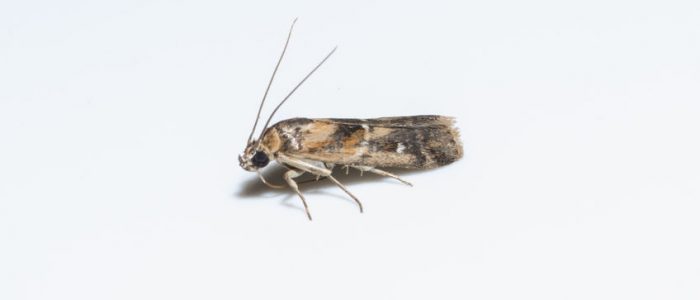Clothes Moth Infestations Are Becoming More Common In New York State
For the past several decades, pest control firms throughout the United States have noted a continuous increase in customer inquiries concerning the insect pests known as clothes moths. Industry statistics show that clothes moth populations are growing at a particularly rapid rate in New York and other northeastern states. There are two species of clothes moths that frequently infest a variety of indoor fabrics and furs in the US, and both of these species can be found in New York state.
Casemaking clothes moths (Tinea pellionella) are most common in the southern states, and they do not infest homes nearly as often as webbing clothes moths (Tineola bisselliella). Much like bed bugs, webbing clothes are inadvertently transported into homes by humans, and research shows that they rarely enter homes from the natural outdoor environment. Webbing clothes moths are also similar to German cockroaches in that they have evolved to thrive in human dwellings, especially dwellings located in large metropolitan areas, as they are largely absent from rural areas.
Clothes moths will readily feed on any material made from animal fibers including wool, silk, feathers, leather, felt, and cashmere. Clothes moths will also feed on synthetic fabrics that contain lint, human hair, fingernails, as well as fabrics that have been soiled with perspiration, urine, bodily oils and spilled beverages. This is why clothes moths frequently inflict damage to carpeting, curtains and furniture upholstery. While clothes moth infestation rates are steadily growing in the northeast, good housekeeping practices and exclusion techniques can prevent infestations.
Regularly vacuuming carpets, washing linens and bedding, and dry cleaning animal-based fabrics and furs before putting them in storage will make homes inhospitable to clothes moths. In larger cities, adult clothes moths can spread from residence-to-residence by flight, so keeping entry points on the exterior walls of homes sealed will drastically reduce the chances of infestation. Installing door sweeps, maintaining window screens, and using caulk to fill cracks and crevices will deny winged clothes moths entry into homes.
Have you ever found clothing that you believe had been damaged by clothes moths?


Comments are closed.